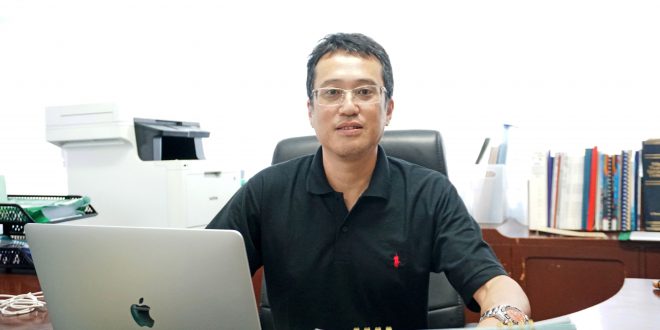The Southeast Asian Fisheries Development Center (SEAFDEC), a regional treaty organization that promotes sustainable fisheries among its 11 member countries, welcomed the new deputy chief of its Aquaculture Department (AQD) based in Iloilo last Oct. 20, 2020. Dr. Sayaka Ito, a Japanese scientist with expertise in aquatic conservation biology, replaced fellow Japanese Dr. Koh-ichiro Mori who served as the Deputy Chief from April 2018 to June 2020 in this organization that is mandated to conduct scientific research to generate aquaculture technologies, develop skilled manpower for the aquaculture sector, and disseminate aquaculture information. Upon endorsement by the Government of Japan, SEAFDEC Secretary-General Malinee Smithrithee appointed Dr. Ito to a 2-year term from Oct. 1, 2020 to Sept. 30, 2022 wherein …
Read More »
 SEAFDEC/AQD Southeast Asian Fisheries Development Center | Aquaculture Department
SEAFDEC/AQD Southeast Asian Fisheries Development Center | Aquaculture Department

